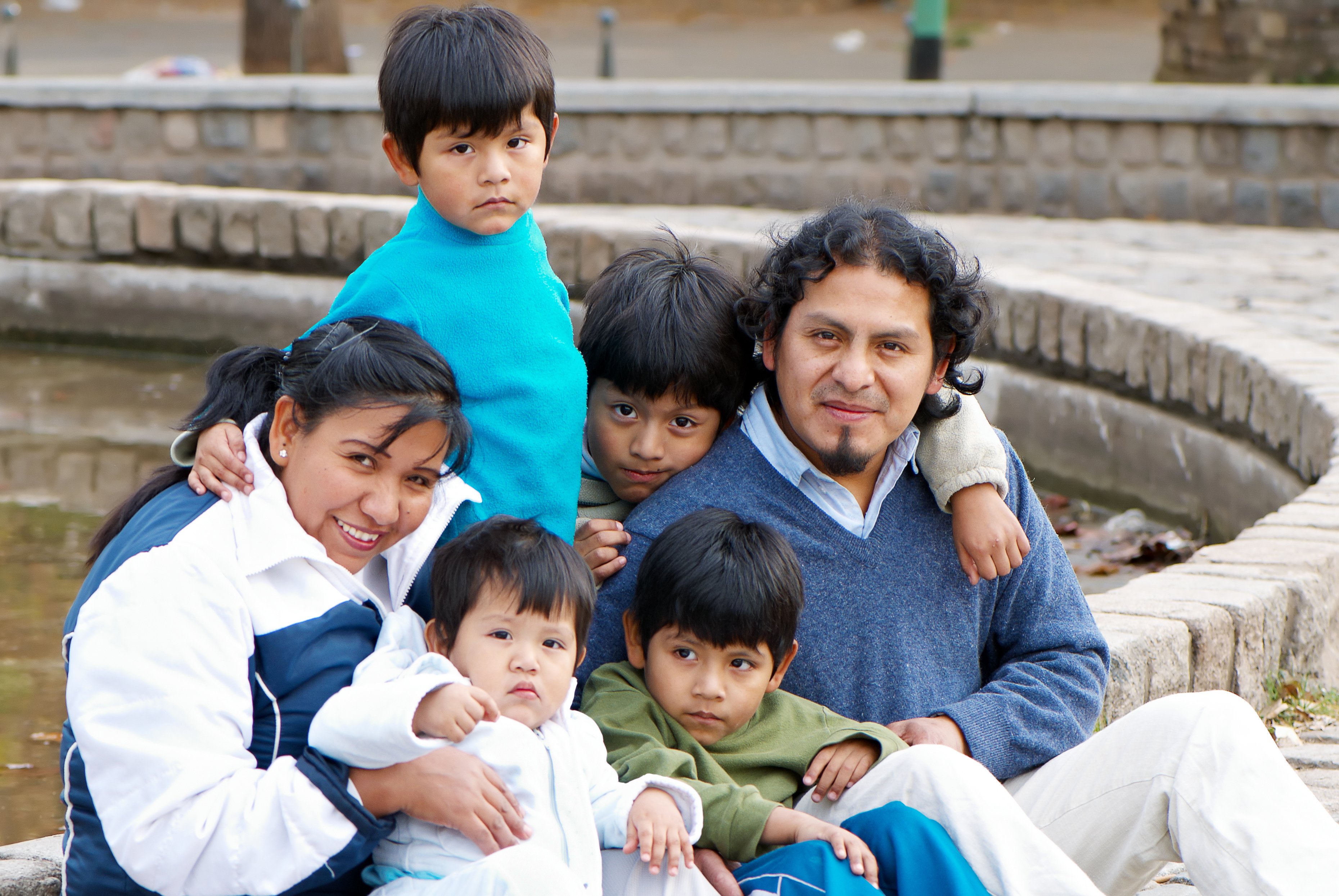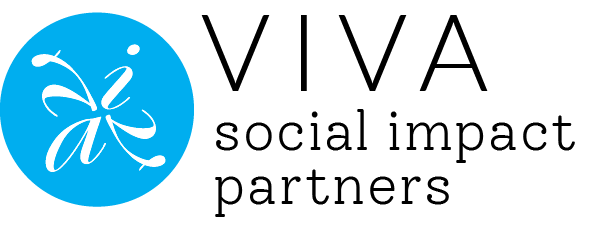
This blog is part of a series on a community-driven approach to develop an early learning roadmap and strengthen a local early learning system. Click here for the first installment.
In recent years, California’s Universal Transitional Kindergarten (UTK) program has expanded access to early childhood education for thousands of families, offering free programs for 4-year-olds across the state. While UTK offers many benefits, its implementation has also had unintended consequences on private child care providers, who are experiencing dwindling enrollment as parents opt for these free programs. As the landscape of early childhood education evolves, providers must understand and address the unique needs of families to continue serving them effectively.
The Isabella Project, a community initiative in Santa Paula, California, serves as a prime example of how listening to families can shape early education programs that are responsive to their needs and preferences. This close-knit community on the Central Coast, with its rich Latino heritage and deep agricultural roots, is paving the way for inclusive and culturally relevant child care solutions. In this blog, we’ll explore what the Isabella Project has taught us about family preferences, highlighting the importance of community engagement in early childhood program design.
The Isabella Project: A Community-Driven Approach to Early Childhood Education
Santa Paula is a predominantly Latino community where many residents work in agriculture and have strong ties to faith and family. The Isabella Project, a collective impact initiative, works to ensure that every child in this community has access to high-quality early education. Supported by the Ventura County Community Foundation, the project engaged VIVA to facilitate an initiative aimed at identifying the early education needs of local families.
In the summer of 2024, VIVA conducted interviews and focus groups with 26 families in Santa Paula, gathering valuable insights about what matters most to them in early childhood education. These conversations, held in both English and Spanish, revealed that families in Santa Paula prioritize specific qualities in child care providers: trust, cultural alignment, and opportunities for family involvement.
Key Insights from Families in Santa Paula
The needs expressed by families in Santa Paula are not unique to their community but are reflected in broader trends among Latino families across the country. And, as the Latino population continues to be the fastest growing demographic group in the United States, these needs are important to understand for the broader early care and education field.
Here are three key takeaways from the Isabella Project:
1. Trust is Paramount
Parents want to feel confident that their children are safe, well cared for, and in a nurturing environment. Trust was a recurring theme throughout the focus groups, as parents emphasized the importance of knowing and trusting the caregivers involved in their child’s daily life. For many, this sense of trust is so vital that they choose to rely on family members for child care, or even decide to stay at home themselves. In fact, this aligns with a 2023 national survey conducted by the Bipartisan Policy Center, which found that trust in a child care provider was almost four times more important to Hispanic parents than other factors.
2. Cultural and Linguistic Continuity Matters
Many families expressed a preference for child care environments that reflect their cultural values and language. In Santa Paula, the majority of parents involved in the Isabella Project reported that they would feel more comfortable with providers who could offer cultural and linguistic continuity, especially for Spanish-speaking families. This cultural alignment not only helps children feel more at home but also strengthens the connection between providers and families. Similarly, the Bipartisan Policy Center survey indicated that 58% of Hispanic parents would prefer child care providers to incorporate Latino culture (though this did not have a negative impact on families’ choices), underscoring the importance of cultural responsiveness in child care.
3. Families Want to be Involved
Parents in Santa Paula shared that they want opportunities to actively engage in their children’s learning and development. They appreciate child care providers who encourage family involvement and keep them updated on their child’s progress. By fostering strong communication and inviting parents to participate in their child’s education, providers can build lasting relationships with families. Parents value transparency, and being able to stay connected with their child’s day-to-day experiences is essential to building trust and loyalty with child care providers.
The Value of Listening to Families
The findings from the Isabella Project offer essential guidance for early childhood educators and those designing early learning programs. By listening to families and understanding their unique preferences and concerns, providers can more effectively tailor their programs to meet the needs of diverse communities. As child care options evolve, particularly in light of UTK’s expansion in California, private providers who engage with families and prioritize trust, cultural alignment, and family involvement may be more likely to attract more families.
Moving Forward: How Providers Can Adapt to Family Needs
For early childhood education providers seeking to connect with and retain families, the insights from the Isabella Project can inform practical strategies.
Here are a few self-assessment questions that providers can reflect on when thinking about how they serve families in today’s changing landscape:
- To what extent does the program ensure families understand program values, programming, and curriculum?
- To what extent is the program ensuring its staff are receiving training in how to support dual language learners?
- To what extent is the program being designed to partner with families in their child’s learning and development?
These questions and more can be found in our Early Care and Education Provider Self-Assessment Tool:
Adapting to Family Needs. There are guiding questions to help early learning programs and those that support them assess strengths and opportunities in relation to building trust, incorporating cultural elements, and fostering family engagement.
Free Resource!
Early Care and Education Provider Self-Assessment Tool: Adapting to Family Needs
Creating the Foundation for Effective Early Learning Programs
Programs that continuously engage with families, prioritize transparency, and adapt based on feedback create a lasting foundation for meaningful relationships. By actively listening to families and responding to their needs, providers can ensure that they are creating environments where both children and families feel included, supported, safe, and valued.
As California’s early education landscape shifts, providers who prioritize trust, and invest in inclusion and relationship-building, will be better equipped to reach and retain families, and serve their communities.
Click here to read the next blog in this series, which focuses on how family and community insights informed Santa Paula's early learning road map.
